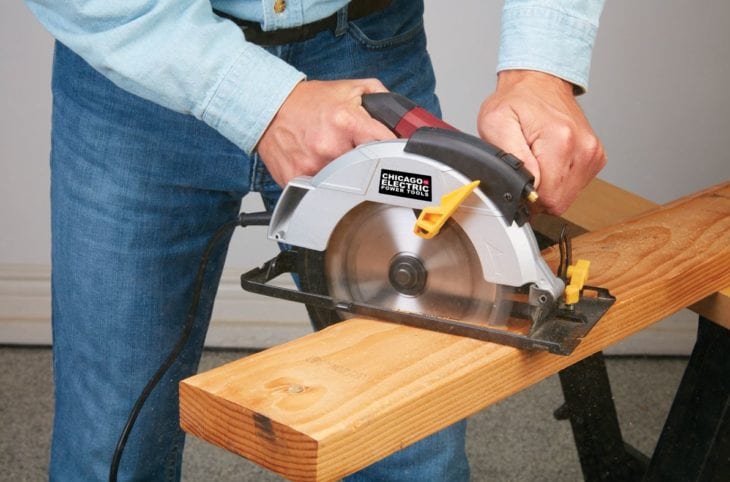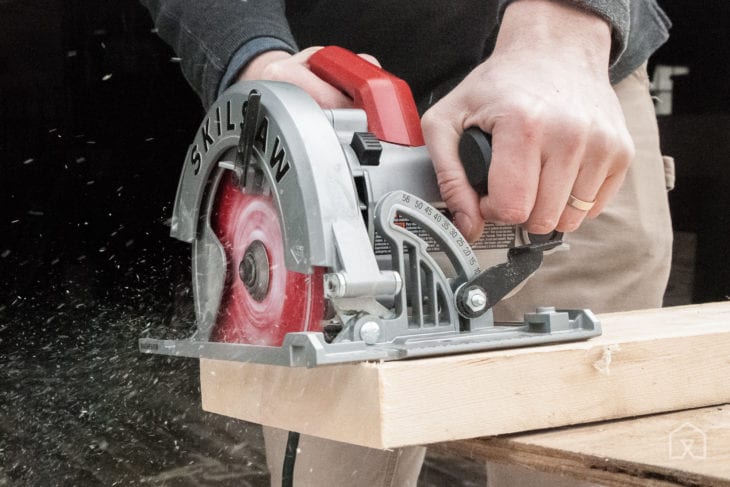A circular saw is possibly one of the most important tools your workshop must-have. Along with a drill, the circular saw will allow you to work on a variety of DIY projects. A high-quality piece of equipment can last up to two decades if properly taken care of.
In this article, we are going to discuss everything you need to know before buying a circular saw for your DIY projects. But, if you need more information about circular saws and review of some models, you can click here.
• Blade Size
Like many tools, both cordless and corded, a circular saw can be categorized by the diameter of its blade. Most common circular saws have a 7 and ¼ inch blade that can cut through materials 3 inches thick. Saws this size also offers the widest variety of blades that they support. It’s important for any saw to be able to support many types of blades in order for it to be used for cutting a variety of materials.
• Style
Circular saws are produced in two main styles. Worm-drive saws and sidewinders are these two types of circular saws available on the free market.

Img source: harborfreight.com
Worm-drive saws can be eighter short or long, and the handle is always located behind the cutting blade. The blade itself is located on the left side of the tool, which makes it visible for the handler.
The second type of circular saws, sidewinders, is the most common types of saws. Unlike the previous one, the blade is located on the right side of the tool, which makes it more visible for left-handed users. The handle is located on the top of the blade, and these saws are considered much lighter. They spin faster than worm-driven ones, less expensive, and they are the preferred type of circular saw for your home DIY projects.
• Power
The standard power for circular saws is 15 amps. Experts suggest going below that mark, preferred 10 – 12 amps, for those who don’t use circular saws that often. While power is an important factor for a circular saw, it’s not a deciding one, and the price difference between a 12 and 15 amp saw is minimal.
• Choosing Corded or Cordless?

Img source: engadget.com
As it stands, we have corded and cordless circular saws to choose from. Cheaper corded circular saws come with a much shorter cord, while more expensive ones come with a much longer cord. Choosing between a corded and cordless circular saw should be a matter of preference and budget. Cordless saws have very much improved in power and durability, but they cost more than corded. As it stands right now, many professionals are opting for cordless circular saws as they are more convenient than corded.
• Ergonomics
Every saw might look the same, except for color, but not every saw feels right. When buying a circular saw, you have to get a feel for it first before buying it. Having the saw feel comfortable in your hands is an important factor to consider. Make sure to always try the saw before buying it. The saw has to fit into your hand, feel well balanced when using it, and weight has to be right for you. Also, being comfortable with the blade on the right or left side should also be a thing to note when buying a specific type of saw.
